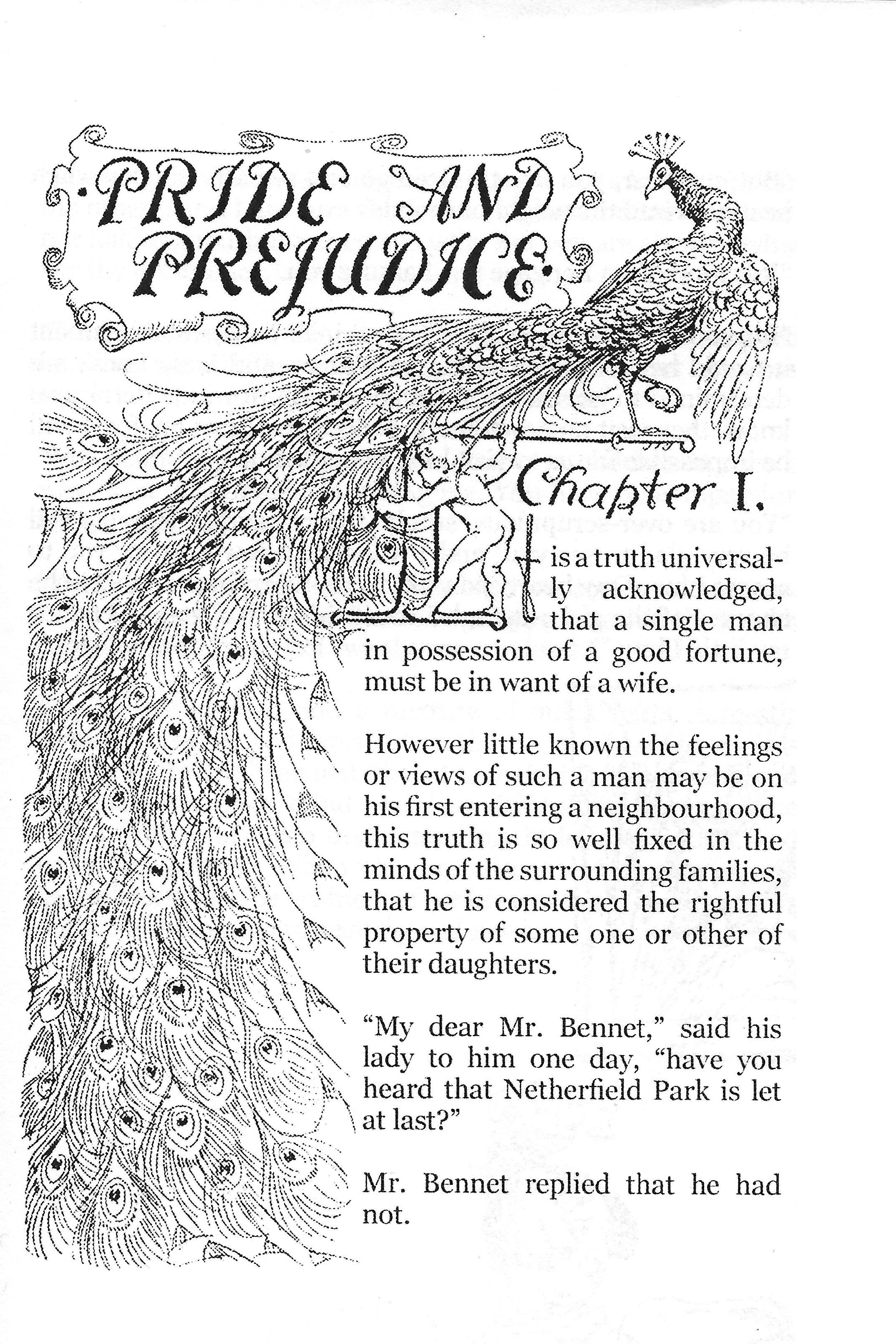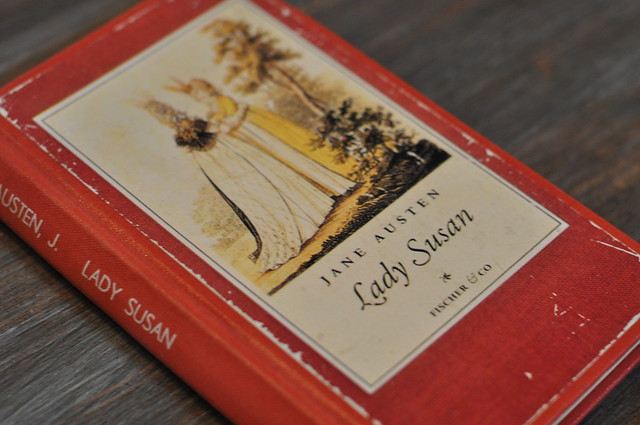I wrote about beach reads in 2016 and 2018—years when I actually spent a week at the beach.
So what happened in 2017? I was in the Rockies for a week! And somehow, writing about mountain reads just didn’t come to mind. I expect to be in the West again in 2020, and I’ll fix that! In the meantime, this was another beach summer, this time at Bethany Beach, DE.
In case you are interested, the rotation is based on the locations of my daughters—one in Connecticut, one in Massachusetts, and one in Colorado. Traditionally, meeting in the East means the beach somewhere whereas the West has meant mountains. Most of the same people come year after year, all family.

This year’s beach reads
This year we were 14—all family, but all individuals, hence the variety of reads! Here’s what three generations are reading during their week together.
P1: Jan Karon, IN THE COMPANY OF OTHERS; Bob Goff, EVERYBODY, ALWAYS.
P2: David Jeremiah, THE BOOK OF SIGNS; Robert Ludlum, SCORPIO ILLUSION.
P3: Pearl S. Buck, THE GOOD EARTH.
The Good Earth (Fair use)
P4: Erica Ridley, THE COMPLETE DUKES OF WAR COLLECTION—seven novels and a short story.
P5: Don Miguel Ruiz, THE FOUR AGREEMENTS; Bill P, Todd W, and Sarah S, DROP THE ROCK; Nora Roberts, THE MACKADE BROTHERS; DAILY REFLECTIONS.
P6: Andy Weir, ARTEMIS; Sarah Perry, THE ESSEX SERPENT; George R. R. Martin, A CLASH OF KINGS.
P7: Jonathan Kellerman, KILLER; John Sandford, DARK OF THE MOON; DAILY REFLECTIONS.
P8: Ernest Cline, READY PLAYER ONE.
P9: Angie Thomas, THE HATE U GIVE.
P10: Jeff Kinney, DIARY OF A WIMPY KID: THE LONG HAUL
P11: Sharon M. Draper, OUT OF MY MIND
P12: Adam Silvera, HISTORY IS ALL YOU LEFT ME; John Green, WILL GRAYSON, WILL GRAYSON.
P13: Andrew J. Mellon, UNSTUFF YOUR LIFE: KICK THE CLUTTER HABIT AND COMPLETELY ORGANIZE YOUR LIFE FOR GOOD
P14: H. W. Brands, THE FIRST AMERICAN: THE LIFE AND TIMES OF BENJAMIN FRANKLIN
Where are you traveling this summer, and what are you reading? Let me know in the comments.



































![[Source]](http://vivianlawry.com/wordpress/wp-content/uploads/2018/02/162203966-300x215.jpg)











































































